The Sound of Pictures: Listening to the Movies, From Hitchcock to High Fidelity
Black Inc., $32.95 pb, 317 pp
The Sound of Pictures: Listening to the Movies, From Hitchcock to High Fidelity by Andrew Ford
Claudia Gorbman, in her ground-breaking and much-admired book Unheard Melodies: Narrative Film Music (1987), invites us to imagine an alternative cinematic universe, one in which music has never played a part. Imagine if this were the norm, and imagine, after years of being accustomed to films in which music was absent altogether, attending a film such as the 1940s weepie Mildred Pierce and hearing the ebb and flow of Max Steiner’s luscious orchestral score. ‘What sheer artifice this would appear to the viewer! What a pseudo-operatic fantasy world! What excess: every mood and action rendered hyperexplicit by a Wagnerian rush of tonality and rhythm! What curious music, as well – robbed of its properly musical structure, it modulates and changes color, chameleonlike, in moment-to-moment deference to the narrative’s images.’ Of course, film music does not always defer to the narrative’s images, but Gorbman makes a good point: our willingness to admit music – music which emanates from a source external to the action on screen – as a perfectly normal constituent of film. It is surprising that we don’t find music in film surprising.
Continue reading for only $10 per month. Subscribe and gain full access to Australian Book Review. Already a subscriber? Sign in. If you need assistance, feel free to contact us.



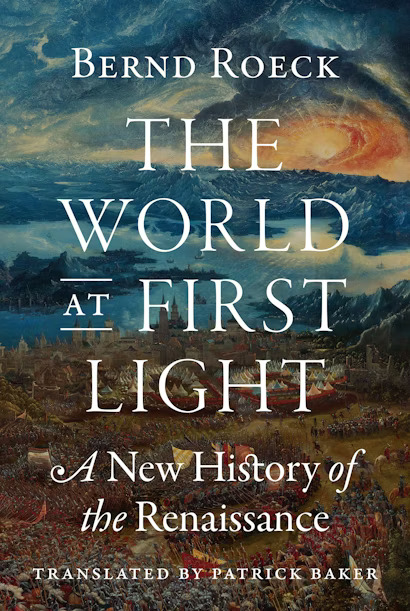

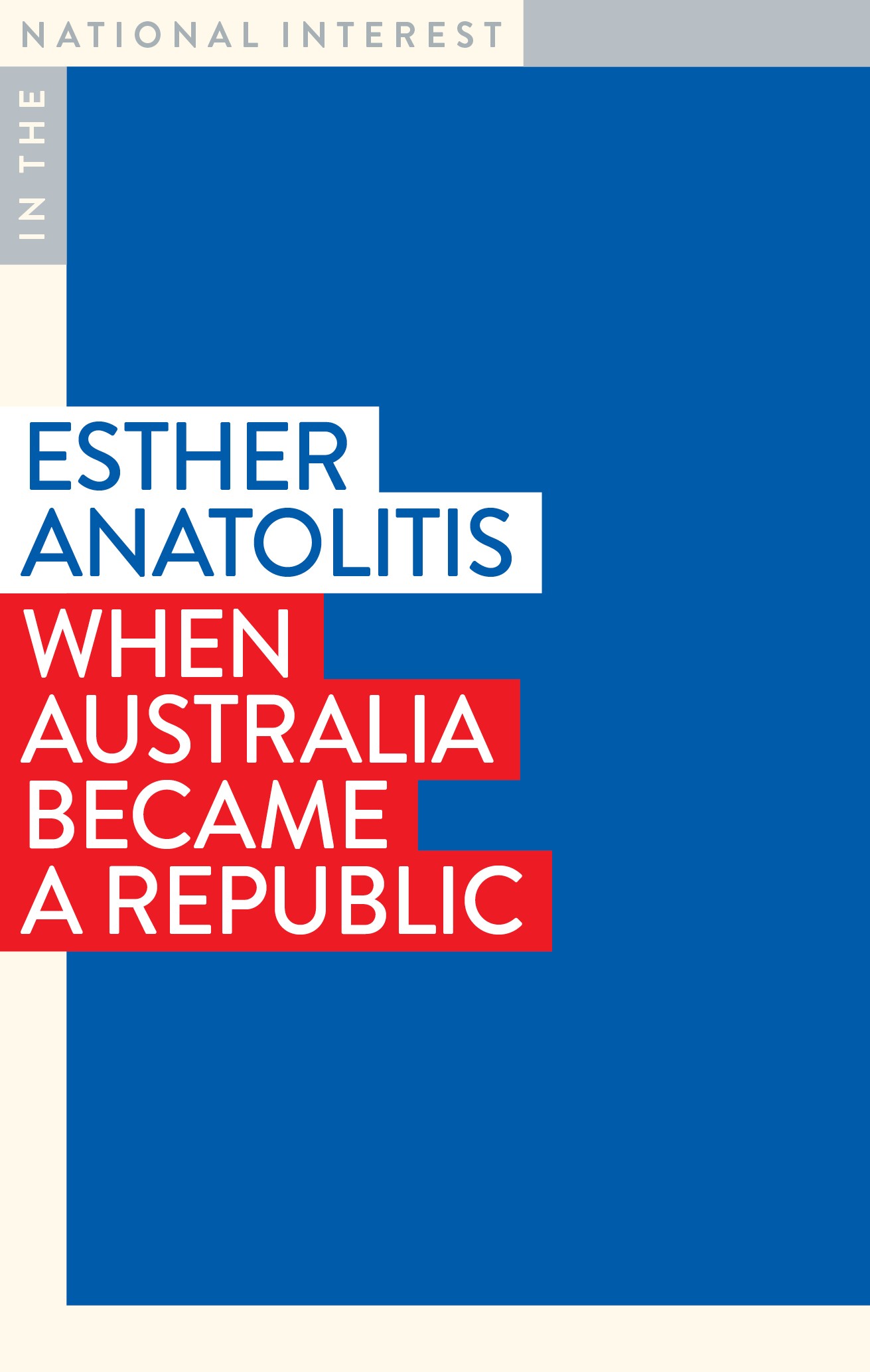

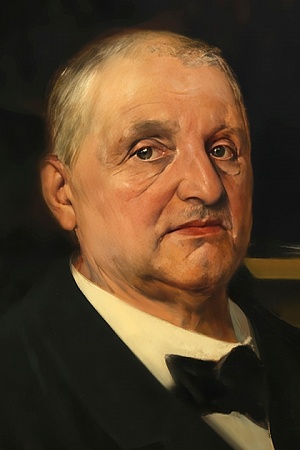

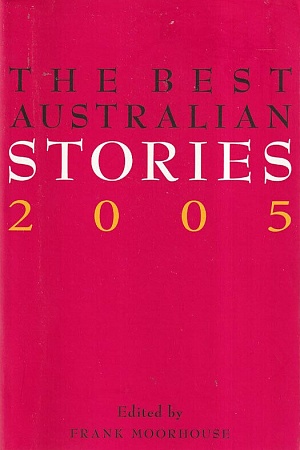
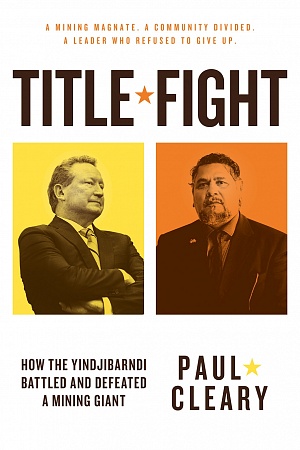
Leave a comment
If you are an ABR subscriber, you will need to sign in to post a comment.
If you have forgotten your sign in details, or if you receive an error message when trying to submit your comment, please email your comment (and the name of the article to which it relates) to ABR Comments. We will review your comment and, subject to approval, we will post it under your name.
Please note that all comments must be approved by ABR and comply with our Terms & Conditions.